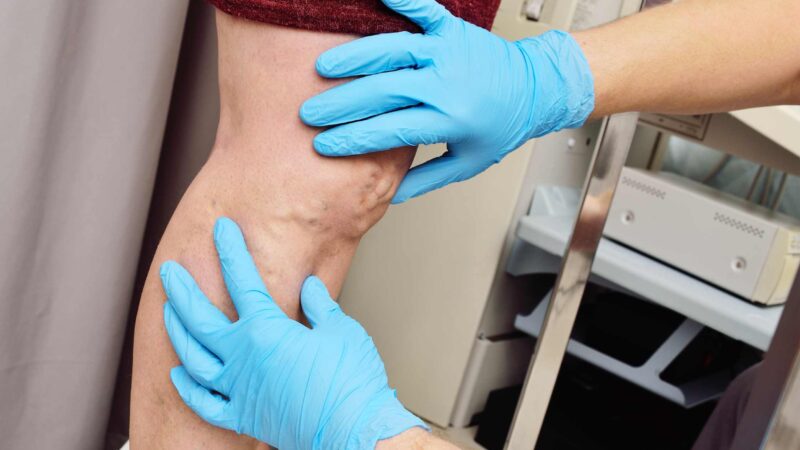What To Do About A Cardiorespiratory Arrest

A cardiorespiratory arrest can happen anywhere and even victimize people considered healthy. Rides family, parties, public or local work, any environment can be the stage of this situation.
Here, it is also essential to remember that 10 minutes after the start of CPA, the chances of reversal are minimal due to organ involvement, which may end up requiring surgery with cardiac surgery medical equipment. Therefore, it is essential to know how to act in these cases, which can happen to people close to you at any time or time of day.
Considering all these guidelines, see below for the right way to proceed.
Identify The PCR
Not every person who is passed out is in cardiac arrest. This is a very common misidentification made by laypeople, that is, by those who are not healthcare professionals. Unfortunately, it is not uncommon to see relief services where the victim is unconscious and a person intending to help starts resuscitation maneuvers without noticing whether this procedure is necessary.
So, the first step is to identify if the person is really in CPA. To do this, start by calling her and checking if she can answer you. Also, check if the victim is breathing.
Call Emergency
Confirming that the victim is unconscious and not breathing, it is necessary to contact the emergency before starting the resuscitation maneuver, especially if there are no other people with you.
If you have someone close, determine to make the call. In addition, it is essential to request that they bring the Automated External Defibrillator (AED) as soon as possible while you begin the next steps.
Start Cardiopulmonary Resuscitation
Make sure you and the victim of cardiac arrest are in a safe place to avoid further accidents. Once this is verified, start cardiopulmonary resuscitation (CPR). CPR is the procedure used to reverse cardiorespiratory arrest. It consists of maneuvers that aim to maintain blood circulation until the heart’s functioning returns to normal.
Once started, it can only be interrupted in 3 moments: for the defibrillator to perform its analysis, when specialized medical care arrives, or the patient regains consciousness.
For laypeople:
- 100 to 120 compressions per minute;
- 2 inches (5 cm) deep at least.
- If necessary, rotate people through compressions so as not to interrupt for more than 10 seconds.
- For trained rescuers:
- 30 compressions for 2 breaths;
- 100 to 120 compressions per minute;
- 2 inches (5 cm) deep at least.







